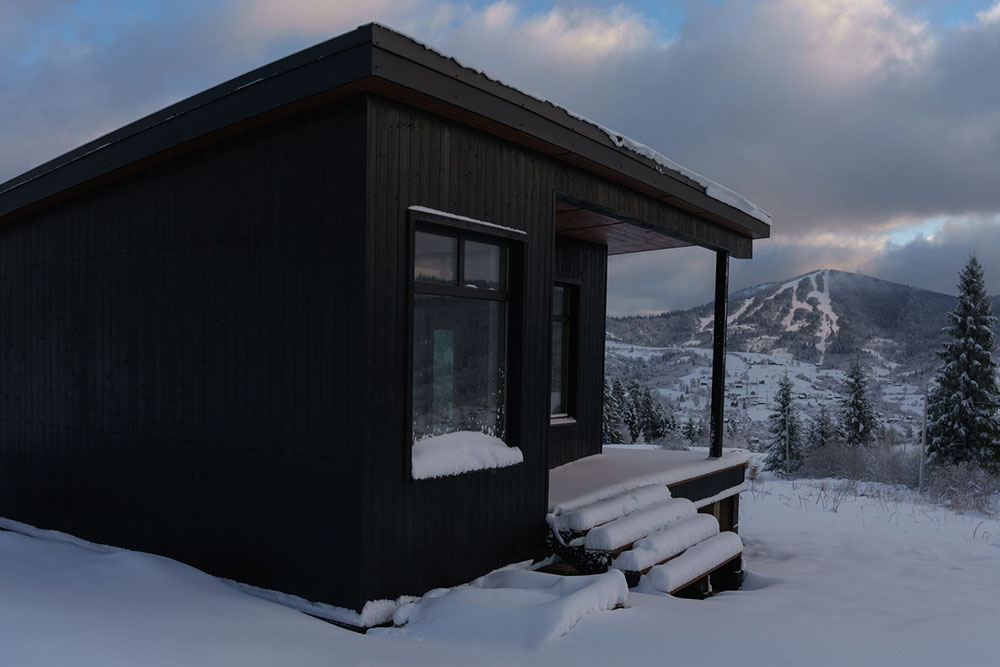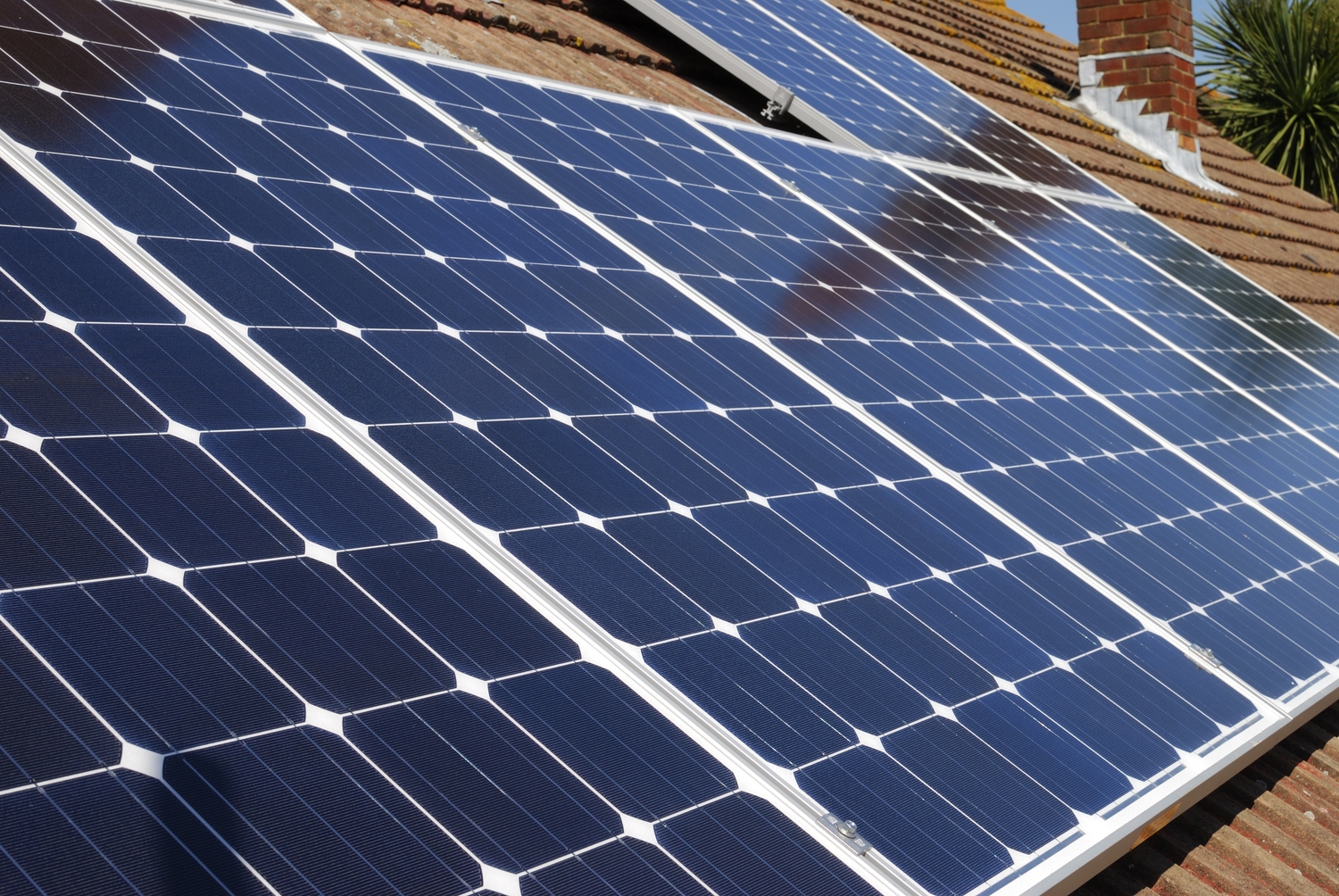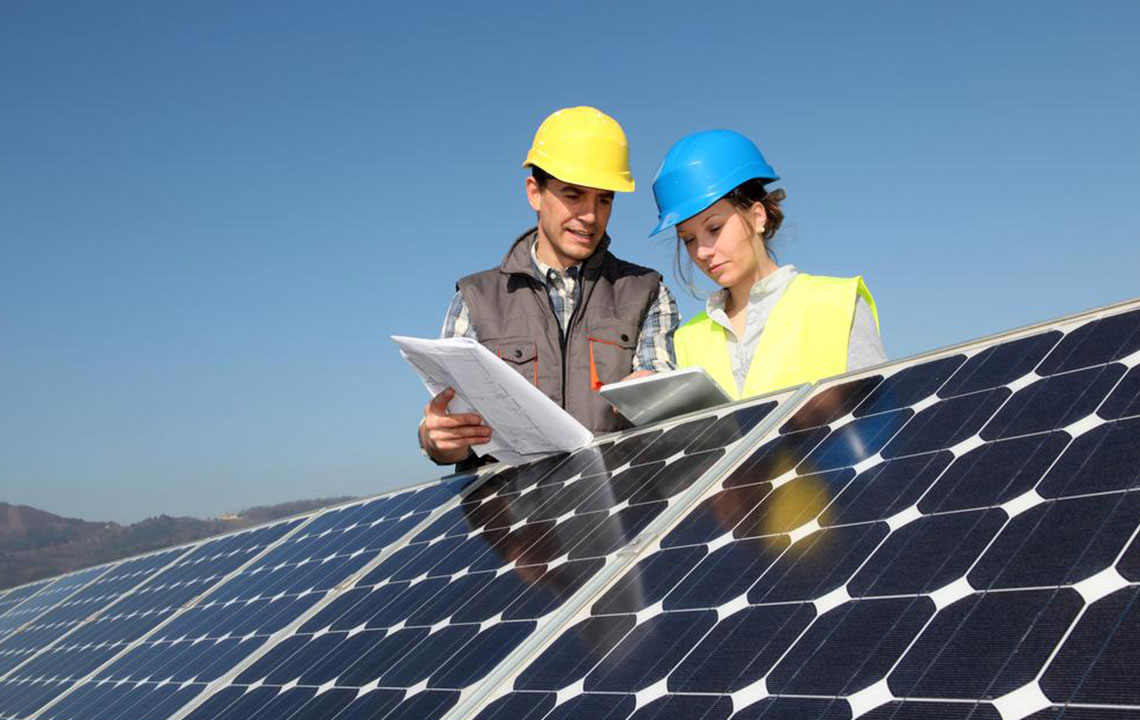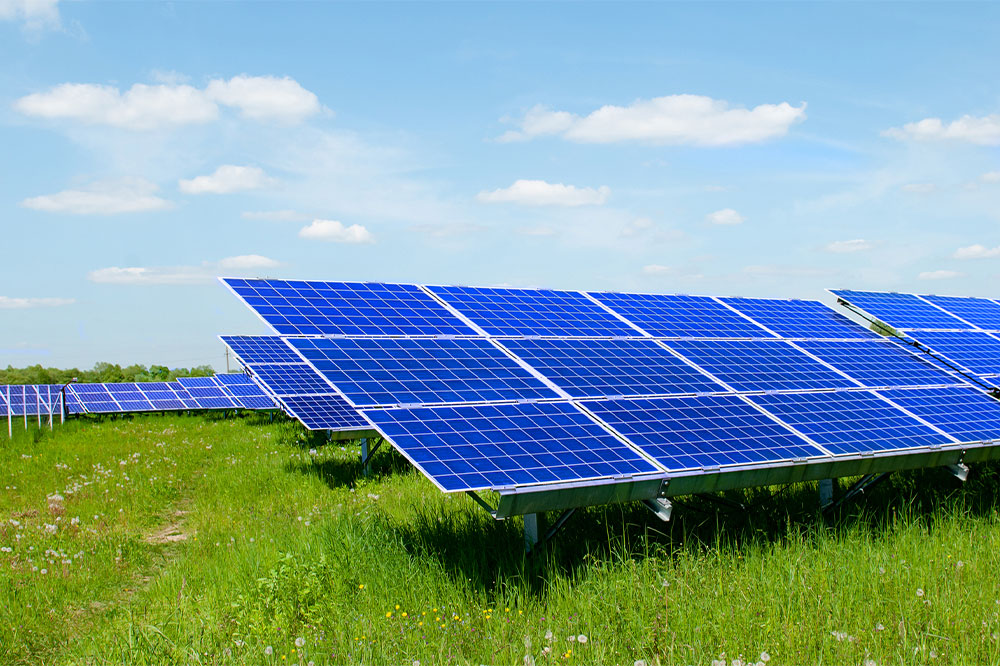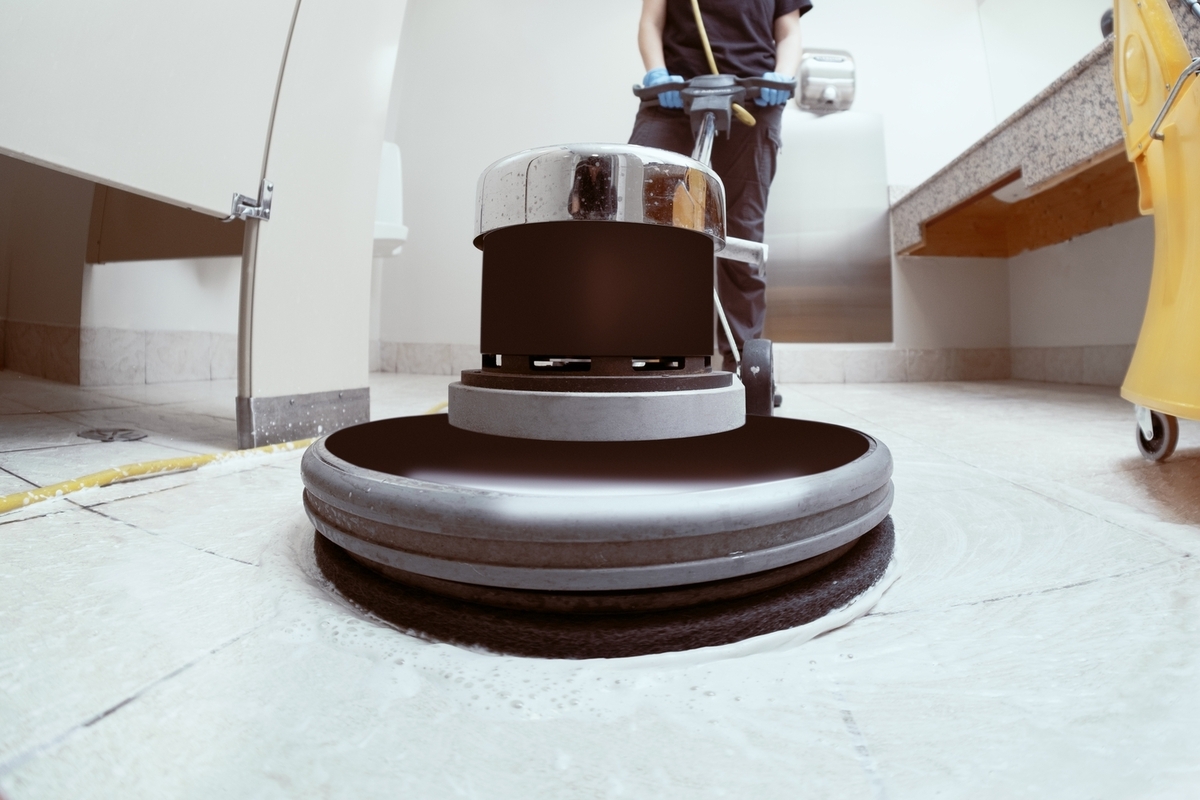Innovative Solar Roofing Solutions Transform Sustainable Energy
Solar roofing integrates photovoltaic technology directly into building materials, offering a sustainable, aesthetically pleasing, and durable energy solution. Its benefits include renewable energy generation, property value increase, and long-term cost savings. Advances in technology and supportive policies are expected to drive wider adoption, making solar roofs a key component of future green infrastructure and sustainable development initiatives, ultimately supporting environmental conservation and energy independence.

Innovative Solar Roofing Solutions Transform Sustainable Energy
As global focus intensifies on eco-friendly energy sources, solar roofing has emerged as a game-changer. This groundbreaking approach integrates photovoltaic elements directly into roofing materials, revolutionizing how buildings produce and consume energy. Solar roofs combine functionality with aesthetics, offering a seamless blend of design and green technology, paving the way for more sustainable urban development.
What Are Solar Roofs?
Solar roofs are built-in photovoltaic (BIPV) systems that replace traditional roofing with solar-integrated tiles or shingles. Unlike standard panels mounted on existing structures, these systems embed solar cells into the roof's surface, ensuring high durability and a sleek appearance.
These advanced systems serve dual purposes—protecting buildings from weather while generating clean, renewable energy.
Advantages of Solar Roofing
1. Eco-Friendly Energy Generation
Solar roofs harness sunlight to produce electricity, significantly decreasing reliance on fossil fuels and reducing carbon emissions. This promotes environmental preservation and supports climate change mitigation efforts.
2. Visual Appeal and Seamless Integration
Designed to mimic conventional roofing materials like slate, clay, or asphalt, solar shingles and tiles provide a modern aesthetic that maintains the building’s visual integrity without compromising functionality.
Adding solar components enhances property value, making these roofs attractive investments.
3. Increased Property Value
Properties equipped with solar roofs tend to have higher market worth due to their energy efficiency and eco-friendly features, appealing especially in regions with high energy costs and rigorous environmental standards.
4. Cost Efficiency Over Time
Initial installation costs are higher, but long-term savings on energy bills are substantial. With decreasing manufacturing costs and government incentives, solar roofs become increasingly affordable for property owners.
5. Robust and Weather-Resistant
Constructed with durable materials like tempered glass, solar roofs offer excellent resistance to weather elements, minimizing maintenance needs and extending their lifespan.
Operational Mechanism of Solar Roofs
Solar shingles and tiles contain photovoltaic cells that convert sunlight into electric current (DC). This current flows to an inverter, which transforms it into usable AC power for the building.
Inverter Types
String Inverters: Connect multiple panels in series, economical but can be affected by shading.
Microinverters: Installed at each panel, managing shading issues effectively but usually costlier.
Energy Storage Solutions
Battery systems can store excess energy generated during sunny periods, providing a reliable power source during low sunlight or cloudy days.
Grid Integration
Connecting to the electrical grid allows homeowners to earn credits through net metering by feeding surplus energy back into the grid, enhancing cost savings.
Challenges and Future Outlook
High upfront costs and variability in solar energy production remain barriers. Not all roofs are suitable; site assessment is essential. However, ongoing technological advancements aim to improve efficiency, reduce costs, and develop innovative solutions like transparent solar windows. Policy support and environmental initiatives worldwide will likely accelerate adoption, making solar roofing a standard in sustainable construction, contributing to a greener planet.

